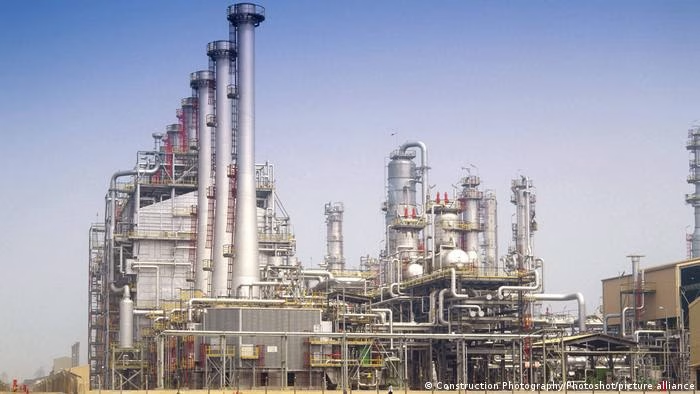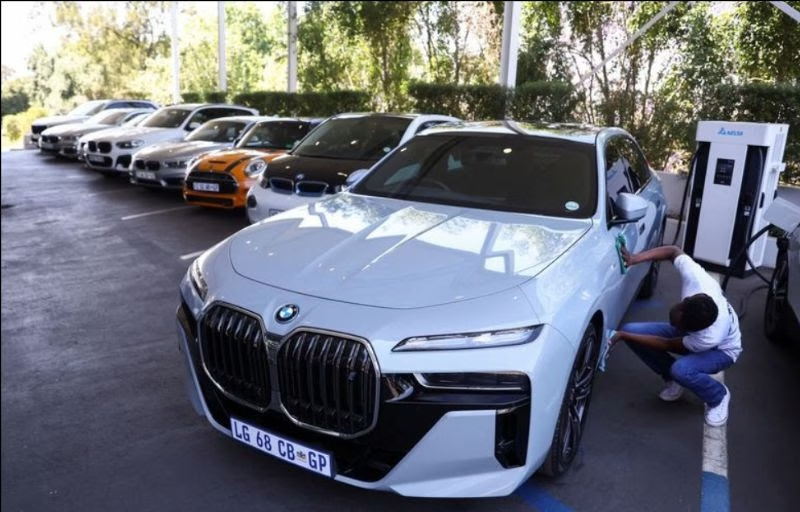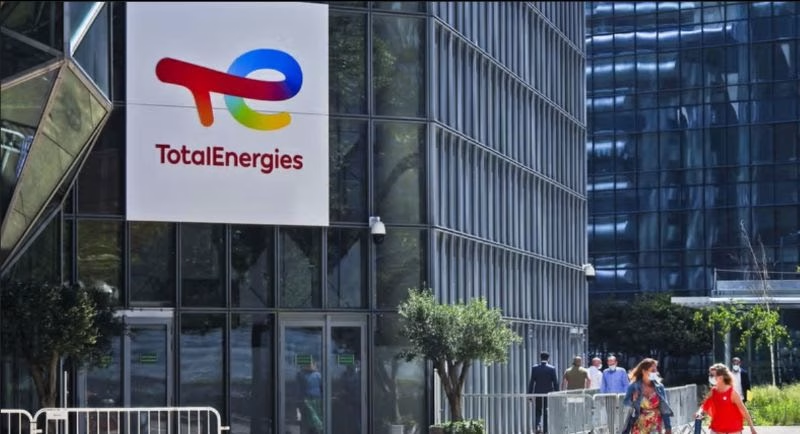Travel & Tourism
You know that friend who has traveled to all corners of the world and had tea with the Dalai Lama? Well, chances are he or she hasn’t been to Zambia. In the center of Africa’s southern prong, landlocked Zambia has never had the kind of public transportation or low-cost accessibility that has attracted independent travelers to some other African destinations. Though it has fallen outside the backpacker circuit, the country offers great travel experiences within its borders; the nation’s still-undercommercialized national parks and wilderness may be some of Africa’s finest. A visit to Zambia may also include trips to the acclaimed Victoria Falls, which lie partly across the border in Zimbabwe. Add some of the most exciting festival culture on the whole continent, and you have a place that is truly worth visiting. So, put in for your two or weeks of vacation and take flight. Untrammeled Zambia aw aits you.
What to Do in Zambia
1. Safari in South Luangwa National Park: South Luangwa is among the great wildlife sanctuaries. Find a tour through your lodge, or arrange to rent a four-by-four and do the driving yourself. After taking in the amazing sights, head out to the shops along the main entrance road and have yourself a beer to celebrate a day well spent.
2. Bungee Jumping over Victoria Falls: With Bushtracks Africa, you can take just a few seconds to crash through one of the most exhilarating rides of your life above these gorgeous falls. If falling from heights at an outrageous speed isn’t your thing, you may still find plenty more to do in this tourist-friendly area.
3. Raft in the Batoka Gorge: Combine high-energy rapids, exquisite scenery, and the chance to listen to and gaze on surrounding wildlife, and you have the elements that make white-water rafting in Zambia a world-class experience. The Batoka Gorge rafts launch from just below the Victoria Falls. More-extensive, multiday Zambezi River trips are offered by Global Descents and may be the hard-core outdoorsman’s preferred choice.
4. Tour Livingstone: Zambia’s gateway to the falls is typically overshadowed by Zimbabwe’s more commercial and frequented Victoria Falls city. Livingstone has a lot to offer, though: the city’s namesake museum has sections covering history, archaeology, and art. The Railway Museum recalls a colonial past and even organizes a stroll through town that allows you to see colonial architecture at the North Western Hotel, the St. Andrews Anglican Church, and the Coillard Memorial Church.
5. Chimfunshi Wildlife Orphanage: Write or call ahead, and ask the selfless volunteers who run this center whether you may stop by and learn about their important work in saving infant chimpanzees. Even if you can’t visit, consider making a donation.
6. Lake Kariba: Zambia’s tourist department boasts that this manmade body of water is the host of “Zambia’s undiscovered Rivera!” Not quite, but it is very pleasing and can make for a welcome break from high-adrenaline white-water rafting and safaris. Get cozy in one of the lodges on Lake Kariba, or rent a houseboat. Learn about the dam that created the lake and the efforts to rehabilitate the Batonga tribe, which was displaced by the lake’s creation.
7. Lusaka: If you are traveling in Zambia, you have probably seen many a metropolis more impressive than the capital city, but no trip to Zambia would be complete without at least one or two nights in Lusaka. Check on the Lowdown for a list of what’s going on about town, and maybe visit a nightclub or a bar. Though its wares may not be on the level of those available elsewhere, browsing through a market just for the experience may be fun. For crafts, visit the Kabwata Cultural Village; an excellent ceramics market is held on the last Saturday of every month in the suburb of Kabulonga near the Dutch Reform Church.
8. Shiwa Ng’andu: The British officer who started this renowned, resort-style lodge had come to the region to map the border lines between British and Belgium colonial claims. Legend has it that Stewart Gore-Brown fell in love with the area around Shiwa Ng’andu and, having purchased it for a song in 1914, returned to it after World War I to build a massive estate. A visit to Shiwa Ng’andu is akin to a trip to the past. Make sure to stop by the Kapishya, a natural hot spring, which sounds mighty relaxing to us.
When to Go
Though Zambia seems to fall in that tropical zone where seasons have no home, there are in fact three seasons, each offering a different reason for visiting. The dry season, from May to August, is the coolest period, and travelers seeking to see lush flora and the falls at their strongest may want to visit early at that time. The hot season, from September to November, is marked by scorching heat and extremely dry conditions but may appeal to safari-goers who want the chance to see large groups of animals clustered around ponds of water. The wet season, from December to April, can be very rainy. It’s better to catch the early end of the dry season, when the benefits of the rain are still there but you can leave the umbrella at home.
Getting In and Around
Visas: Most visitors to Zambia, including British, Australian, and Canadian citizens, will need to get a visa at an embassy beforehand or at the port of entry upon their arrival. Visa fees can vary from $40 to $100. Visitors departing by air will also need to cover a $25 departure tax.
The usual visa advice applies: make sure you have enough space in your passport (typically two blank consecutive pages), and try to do all the visa work before you leave home to forestall travel-time hassles.
Transportation: Most visitors to Zambia who arrive by air will start at Lusaka International Airport. If you are already in Africa (or can connect through Johannesburg or Nairobi), consider avoiding the dusty capital city with a flight to Livingston or Ndola. Jet-setters with a wild side may be interested in the planned international service at Mfuwe; those flights will land at the doorstep of the famed South Lua
ngwa National Park.
For air service inside Zambia, you can contact Proflight or Avocet and, if you are flying in the north, Skytrails. A few other companies will offer charter flights to whatever airstrip your adventure requires.
Zambia is a landlocked nation and has the land connections to show for it. For those visiting Zambia by land, car, bus, and train options abound.
If you have your own car or have hired one with a driver, you may try out the Kariba and Chirudnu border crossings that connect to Harare in Zimbabwe or cruise over the Victoria Falls Bridge, near Livingstone. Or, just outside that city, board the ferry at Kazungula bound for Botswana. On the eastern border, Chipata and Lundazi mark border crossings to Malawi. Travelers coming from Mozambique or headed there may find themselves at the Zambia–Malawi border, too: a detour through Lilongwe will provide public transit options and help you bypass a desolate region of Mozambique. Access is also available to Tanzania and the Democratic Republic of Congo, though we strongly suggest checking out any safety warnings for Congo or Angola before entering those countries.
A note to those taking the road trip of their lives: pack a carnet de passage, and be prepared for a border agent’s asking you to take out a temporary import permit (TIP) if you have rented a car from outside of Zambia.
Bus access may be a far more sensible option for all but the most reckless drivers. Options abound. The routes from Lusaka include Lilongwe, Harare, Masvingo, Dar es Salaam, and Pretoria in their destinations. Some of the long-distance hauls will terminate at Johannesburg; check out Intercape and Translux for luxury bus connections between Zimbabwe and Joburg. Bus routes will also start in Livingstone. When border cities are close, consider walking across to catch a more frequent or reliable bus service.
If you prefer trains, try to skip the ill-maintained Zimbia Railways service. The less maligned Tanzania-Zambia Railway offers a service to Dar es Salaam starting from New Kapiri Mposhi.
The Steam Africa Express can provide an interesting experience of the African rails: the short international service runs between Victoria Falls and Livingstone when enough passengers are present. You won’t get very far, but the trip involves a lounge car and photo opportunities on the famed Victoria Falls Bridge.
Safety and Security
Concerned about your safety as you plan travel to Zambia? We at Africa.com, together with our friends, family and colleagues, travel extensively throughout the continent. Here are the resources we consult when thinking of our safety in Zambia:
• UK Government Zambia Travel Advice Guidance
Africa.com comment: Very timely and frequently updated. Perspective assumes that you ARE going to travel to Zambia, and seeks to give you good guidance so that you understand the risks and are well informed.
• U.S. State Department Travel Advisory on Zambia
Africa.com comment: Can sometimes be considered as overly conservative and discourage travel altogether to destinations that many reasonable people find acceptably secure. On the other hand, they have the resources of the CIA to inform them, so they know things that the rest of us don’t know. See what they have to say about Zambia.
Local Advice
1. Zambia is divided into nine provinces; further divisions add up to 72 districts, all related to governance. The country is highly urbanized, with population concentrated along transport corridors and in the northwestern, copper-producing region.
2. Zambia’s official language is English, and although local languages abound (including more than 70 different Bantu tongues) and communication can at times be difficult, you will often find Zambians who speak flawless English, thanks to a school education or a government position. If you are out to impress, try greeting any Zambian you approach by asking, “Muli Bwanji?” or “Muli Shani?” (“How are you?”). This will win you accolades.
3. The kwatcha is the official currency and can be listed as k, ZMK, or kw. The value of this currency used to be fixed to the U.S. dollar but now floats with the market (typically determined by the price of copper and the outlook for international debt relief). Technically illegal, the use of dollars for major purchases is widespread, and dollars will be accepted from you readily. If you are bringing money to exchange, stick to 100- or 50-dollar bills ;bureaux de change and banks may refuse lower denominations.
4. Driving is done on the left side of the road. Make sure to look both ways when crossing the street.











New Satirical Drama Nya Uriri (Pek Chi Liel) – The Widow’s Burden Sparks Conversations On Widowhood And Inheritance In African Culture